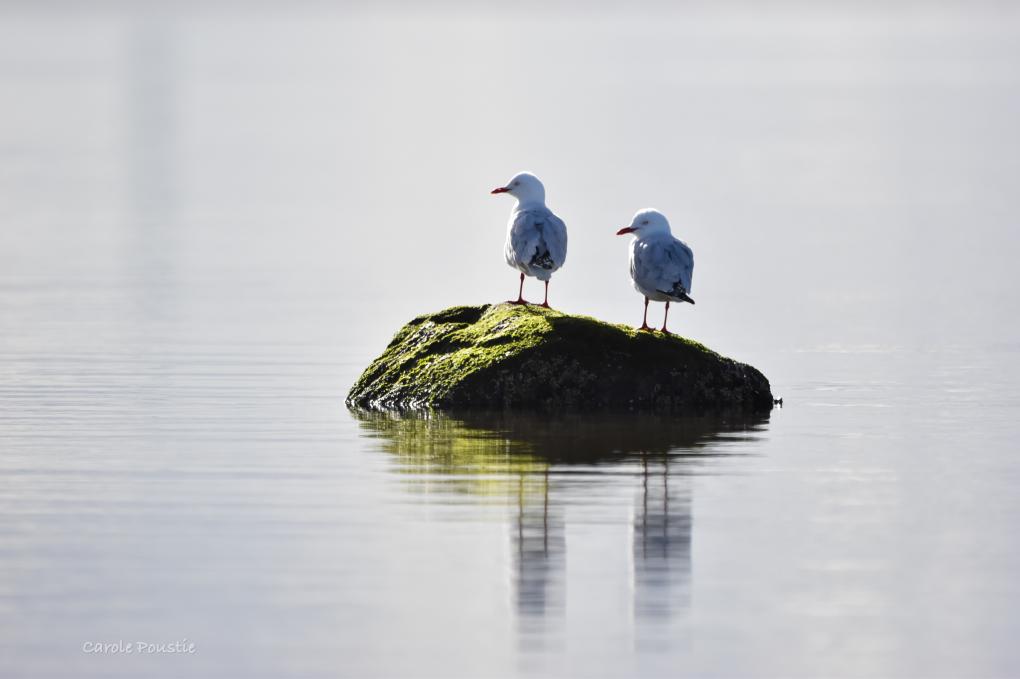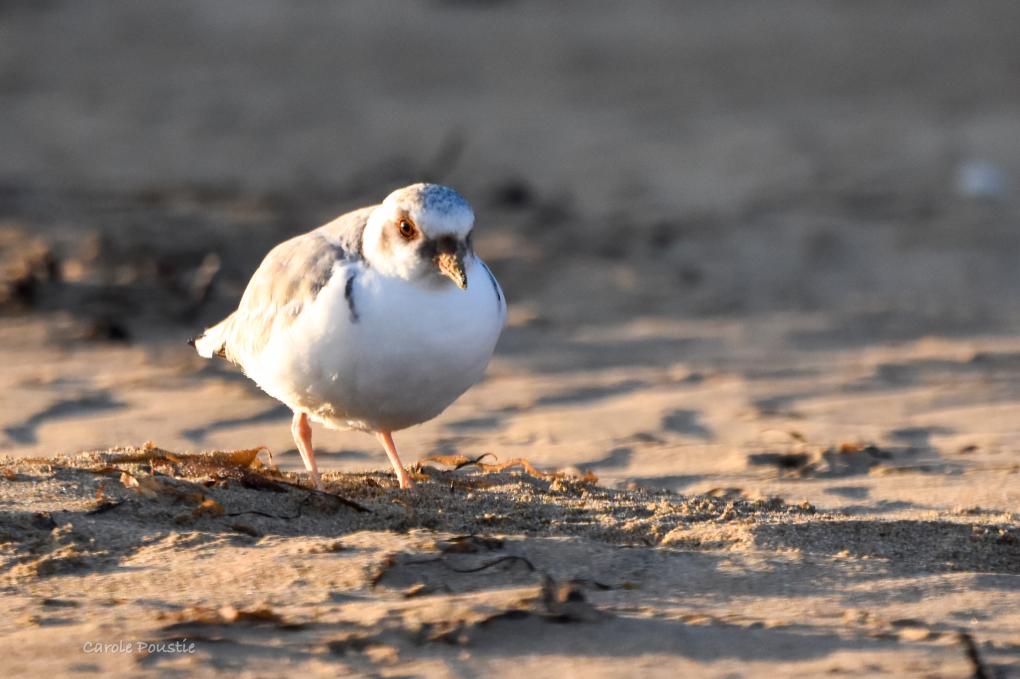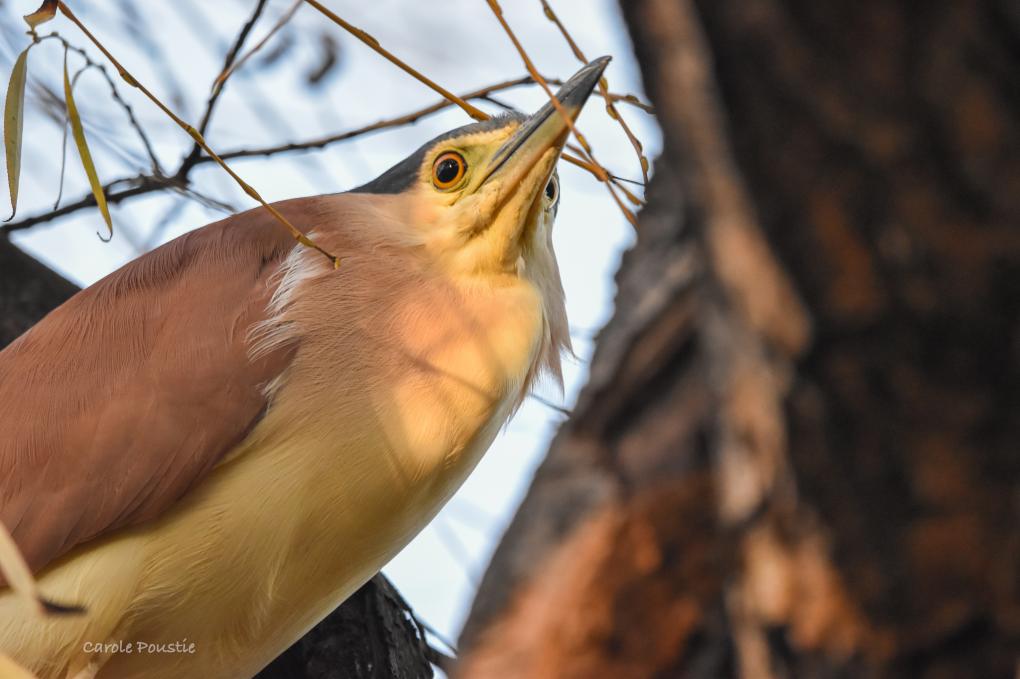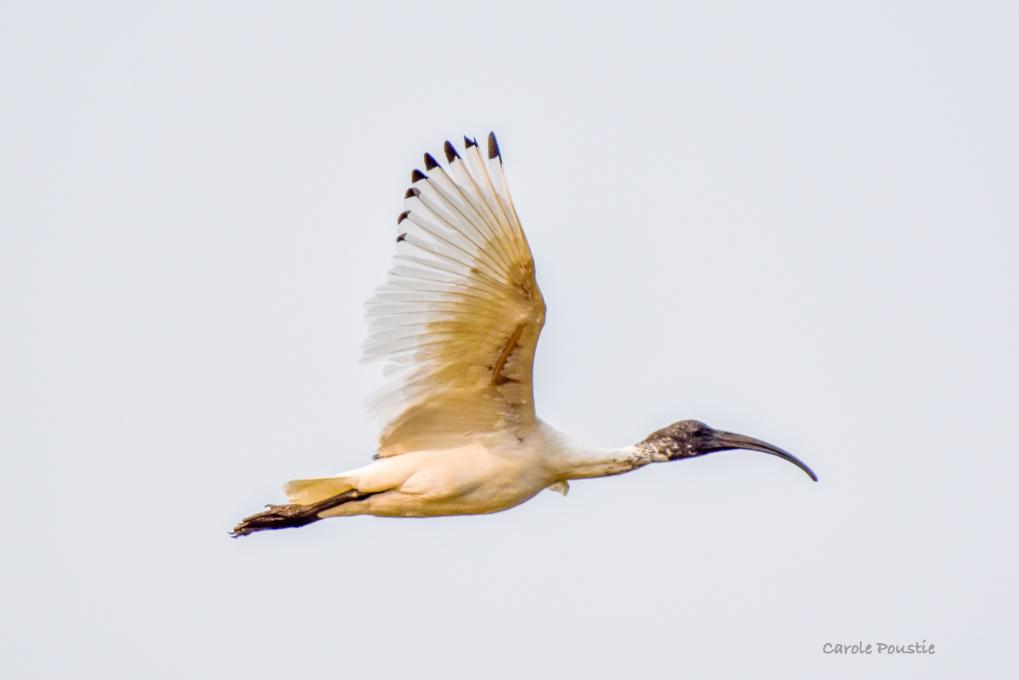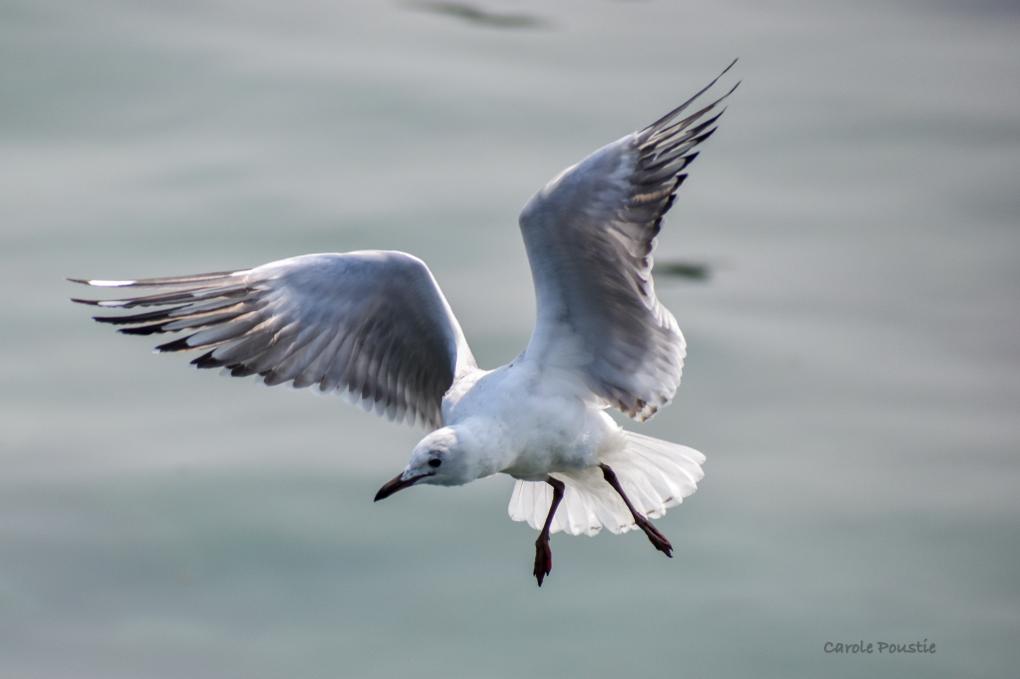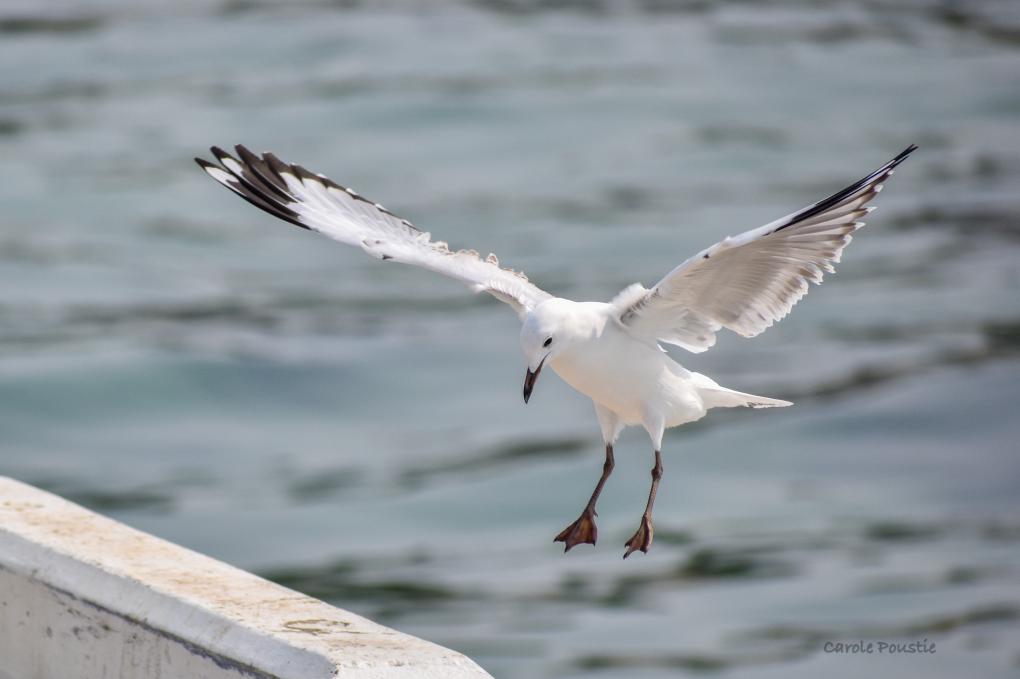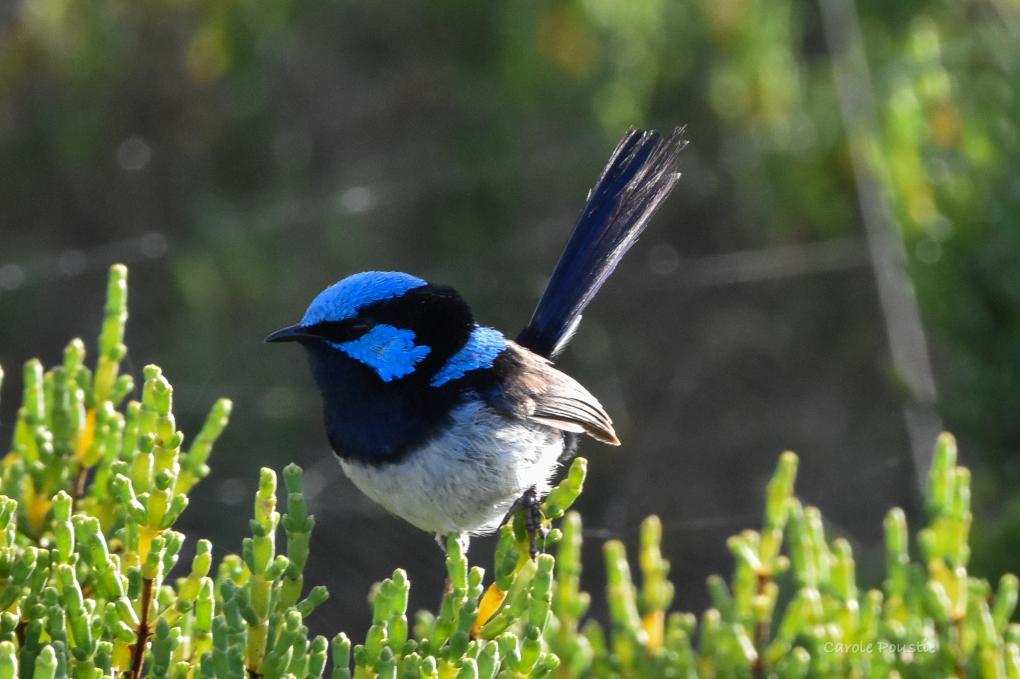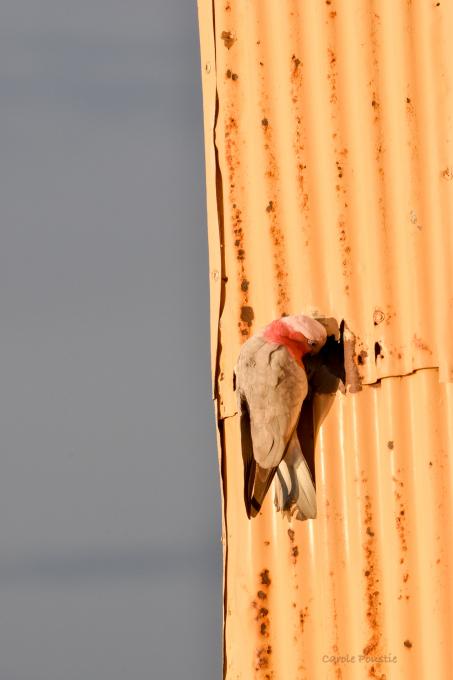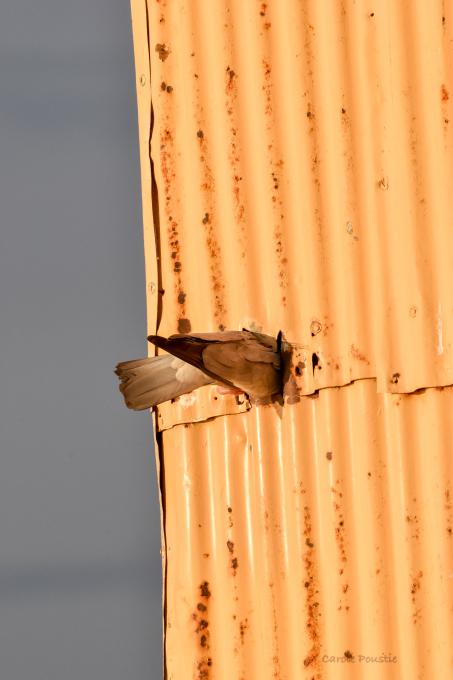Carole
Forum Replies Created
-
CaroleParticipantOne of the aspects of editing that I find the most challenging and which I need to learn more about is cropping. Melissa's guide of not cropping more than 25 to 30% is a good guideline, but I still struggle a lot in this area. I try to follow the rule of threes in making cropping decisions and remembering to keep more room above the bird and in front of the bird for it to walk or fly into. But sometimes I have no idea if I have made a good cropping decision or wrecked the shot! 😩 Also I'm a bit in the dark about whether the cropping should also take into consideration standard sizings: 4x5, 8x11 etc. Any advice here appreciated! Here are three photos it would be good to get cropping feedback on. 1. Silver gulls that I've left uncropped. 2. Juvenile hooded plover — okay as is or crop a bit more/less? 3. Nankeen(rufous) night heron — uncropped. Is the big block of tree to the right a problem? Does it distract or okay as is? Or should I try to cut some of it out and lose a bit of the heron? (It was tricky to photograph as the way it was positioned in the tree, ready to roost, there were so many branches in the way!) (These birds are Australian) Thanks!



-
CaroleParticipantYes — so much to learn to really get the most out of Photoshop. I've opted for Lightroom until I can feel more confident about what I'm doing then venture back over to Photoshop for what Lightroom can't do. I wish I had a personal tutor who could sit beside me and edit my photos with me until I get the hang of certain functions! I'm learning so much about the settings on my camera, too, that the whole learning curve is pretty steep! I'm gradually working through my photos, labelling them, and figuring out how I want to store them. That's another whole task in itself and very time-consuming! But SO important! I like your idea of filing by bird type Lucy.
-
CaroleParticipantOh wow, Krispen, what great shots and so interesting to hear that story! Would have been so fascinating and so much fun to watch. I'm very much new at Lightroom and what you say about knowing when to stop or which version looks best is really tricky! But to my eyes these look really natural. I'm so enjoying seeing such variety of birds on this forum — from around the world!
-
CaroleParticipant
@Linda I will! 😊😊😊
in reply to: Practice Gaining an Audience with Birds #723504 -
CaroleParticipantDefinitely the hardest aspect of bird photography. Lots of practise ahead for me! Melissa's tips have been really helpful and I have been encouraged to keep trying. Here are some of my successful shots: two silver gulls (great to practise on! ) and a white ibis.


 in reply to: Practice Capturing Birds in Flight #722854
in reply to: Practice Capturing Birds in Flight #722854 -
CaroleParticipantYes — I agree with you and Lynsey. So hard to find the bird in the viewfinder when they are flying, especially when you're holding a heavy lens, keeping it steady and tracking. These are great shots. I like that you show some of the bird's environment in each of your shots, not just sky behind.in reply to: Practice Capturing Birds in Flight #722829
-
CaroleParticipantI have the same problem, Lynsey! So frustrating! Practice and patience I guess. And also luck! Great to capture both birds flying alongside each other — both in the frame.in reply to: Practice Capturing Birds in Flight #722828
-
CaroleParticipantWell done to capture these, Krispen. Great photos!in reply to: Practice Capturing Birds in Flight #722827
-
CaroleParticipantGreat photo, Richard. Excellent capture of the capture!in reply to: Practice Capturing Birds in Flight #722826
-
CaroleParticipantI love these, Lucy! Great stories with each of them as well!in reply to: Practice Capturing Birds in Flight #722825
-
CaroleParticipantGreat capture, Dika! Great to get the skim line in and the reflection!in reply to: Practice Capturing Birds in Flight #722824
-
CaroleParticipantWow! Fantastic shots, Kent! The focus is spot on and especially the eyes. That is so hard to do!in reply to: Practice Capturing Birds in Flight #722823
-
CaroleParticipant
@Elizabeth Hi Elizabeth The second image is a female superb fairy-wren. Here's a photo of the male. Found in the south and south east of Australia. Cheers Carole
 in reply to: Practice Crafting Great Bird Photos #721396
in reply to: Practice Crafting Great Bird Photos #721396 -
CaroleParticipantSuch a beautiful image, Lucy. I love how the colour of the background accentuates the birds colours as well as that really effective blurring.in reply to: Practice Crafting Great Bird Photos #721345
-
CaroleParticipantI've just spent far too long browsing my 'bloopers'! This last lesson from Melissa has really expanded my thinking on the storytelling aspect of bird photography. I was already aware of that aspect but even more so now. I was out walking along the Queenscliff (south coast of Victoria Australia) pier that houses an old dilapidated boat shed at the end of it. On several occasions I've noticed a few galahs hanging around here later in the day. I watched one displaying some unusual behaviour — alighting on the side of the building and continuously poking its head into a hole, then looking around. Then it became apparent what was going on! Hope the photos tell the story.


 in reply to: Practice Getting Creative and Telling Stories #720336
in reply to: Practice Getting Creative and Telling Stories #720336 -
CaroleParticipantYes — that third photo really tells the story of their bond. You can feel it. Great shot.in reply to: Practice Getting Creative and Telling Stories #720333
-
CaroleParticipantAnd because you've captured the back of the bird I feel that the legs have been emphasised — so good! This wouldn't have been the case from the front where the viewer's eyes would have been drawn first perhaps to the face.in reply to: Practice Getting Creative and Telling Stories #720332
-
CaroleParticipantWow! Great shots that really tell the story!in reply to: Practice Getting Creative and Telling Stories #720331
-
CaroleParticipantGoodness! Does that light work?! Will they be in for a surprise one night? Oh!in reply to: Practice Getting Creative and Telling Stories #720330
-
CaroleParticipantLovely shots!in reply to: Practice Getting Creative and Telling Stories #720329
